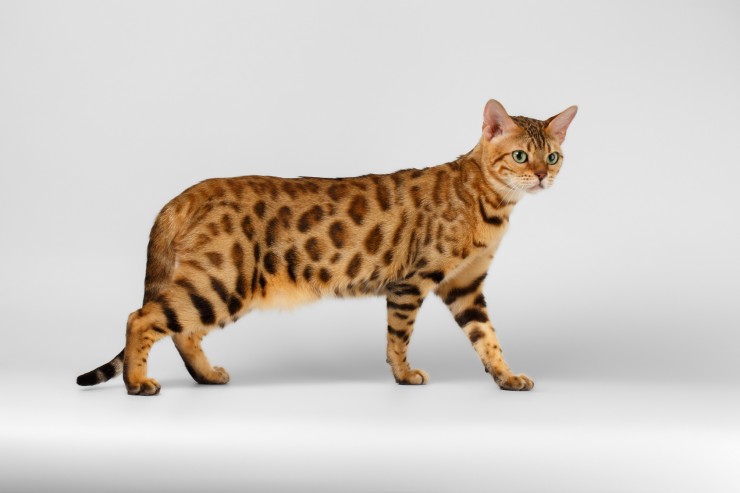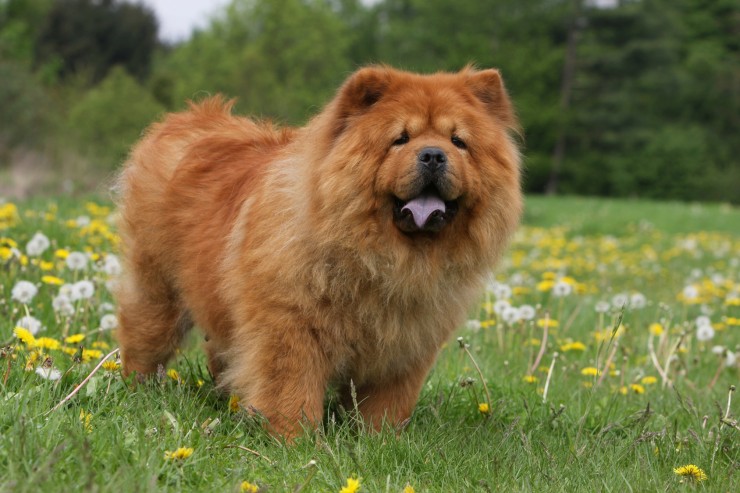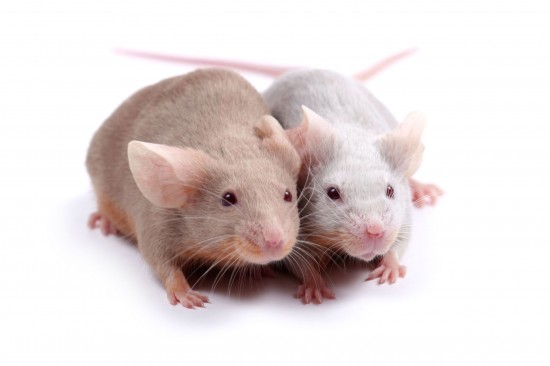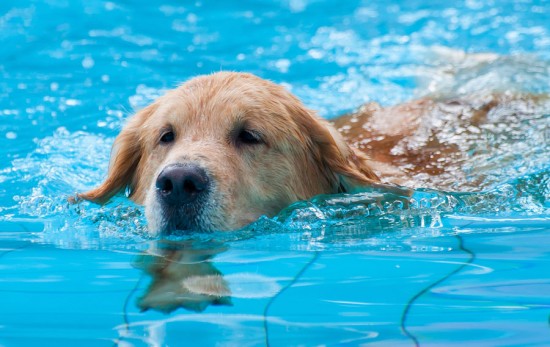
Do you want to learn how to become a natural horseman?
Welcome to the introduction to natural horsemanship. First of all, congratulations for investing in studying how to take care and ride your equine friend. The helpful and simplistic information you're going to read will eventually make you have a great bond with your equine and you'll be able to ride and take care of your equine effortlessly.
Do you know that your equine learns new things with repetition? It may take the horse six or sixty tries to ultimately make it right, so be patient. In those times of trials, you and your equine will bond and cultivate a symbiotic relationship Of course, some things that will be mentioned may be redundant to advanced trainers but it is certain that there are nuggets of gold even for the most experienced horse trainers in this one.
The best techniques are the ones that are tested by time. These methods are as old as the hill yet every bit as effective today just as they were in the old days. The best method for training you horse is through natural horsemanship. Understanding equine psychology, horse-human relationship, and horsemanship history is the best way to start learning how to train your horse. Learning these things iscrucial for perfecting training methods and practical skills. To make it brief, learn, understand, and use the horse's language for you become a successful horseman.
Key Principles in Horsemanship:
* Always intend to harmonize without the use of force. Gentle persuasion is the key. World renowned horse journalist, Laura Hillenbrand, asserts this methodology.
* Better equines make better people. There will always be setbacks in regards to training and understanding your horse but there is an answer to every one of these. It is up to you as the owner or trainer to find that solution.
* If the animal is not reacting appropriately, the problem is definitely with the trainer.
* As much as possible, avoid unhealthy "Pride of Ownership".
* Do not immerse too much in learning how to ride. Learning how to understand and use the horse's language should be paramount. The riding aspect will just come naturally.
* Equines naturally functions in a herd. They are naturally afraid because they are what you call 'prey species'. They have a tendency to group together for survival. Being fully aware of this will considerably improve your training.
* Horses mainly use body language to communicate within the herd. Body language and signals are vital when communicating with the horse. Master this aspect and anything is possible with your equine.
* Body positioning mainly includes head carriage (how the horse carries his head). A bowed head signifies submissiveness while an alert head position is a sign of anxiety.
Be firm with your instructions but always be gentle and kind. Your horse may also sense weakness therefore, from time to time, express your dominance without, of course, hurting your equine. There is much to learn about natural horsemanship and this is a great way to get your introduction to horseback riding.
 At What Age Should Male Cats Be Neutered?
At What Age Shoul
At What Age Should Male Cats Be Neutered?
At What Age Shoul
 The Chow Chow And Hypothyroidism Health Issues
The Chow Chow And
The Chow Chow And Hypothyroidism Health Issues
The Chow Chow And
 Common Mice Health Problems
Common Mice Healt
Common Mice Health Problems
Common Mice Healt
 Red Eye In The Dog - What Causes It And What Can Be Done About It?
Red Eye In The Do
Red Eye In The Dog - What Causes It And What Can Be Done About It?
Red Eye In The Do
 Arthritis In Cats And Dogs
Arthritis In Cats
Arthritis In Cats And Dogs
Arthritis In Cats
Copyright © 2005-2016 Pet Information All Rights Reserved
Contact us: www162date@outlook.com